Birding at B.J. Bishop Wetlands and Two Other Big Bend Oases
Lay of the Land: The B.J. Bishop Wetlands are a surprise to find in the arid landscape of Texas's Big Bend. This desert oasis adjacent to the Rio Grande includes 11 acres of wetland fed with treated wastewater from nearby Presidio, Texas, and 3 acres for a riparian tree nursery. The area is surrounded by desert scrub vegetation, including mesquite and yucca. Farther out are desert hills with Ocotillo, Lechuguilla (an agave), and yuccas.
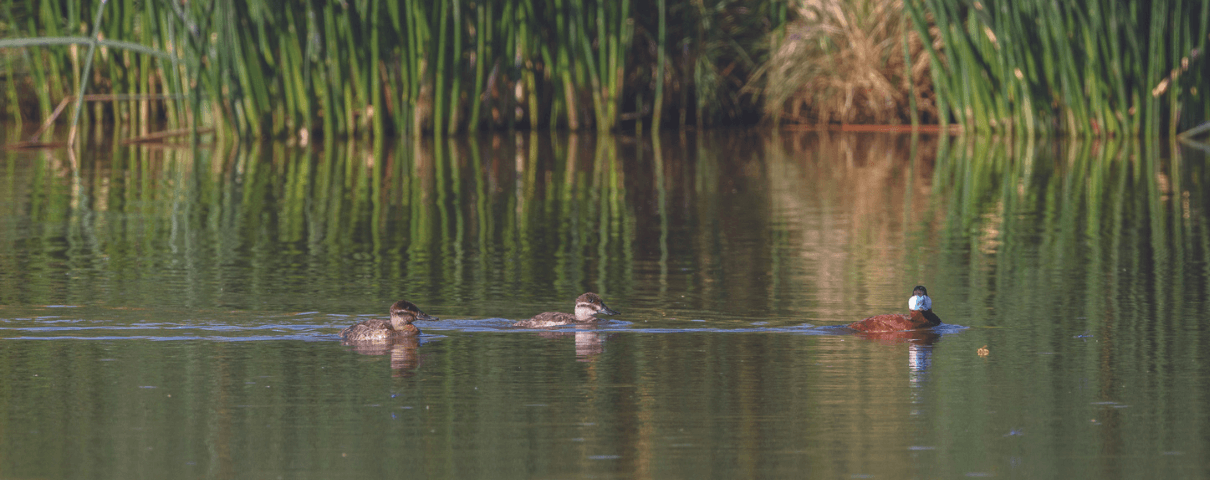
Focal Birds: The following species, among others, are regularly recorded in appropriate seasons: Cinnamon and Green-winged Teal, Mexican Duck, Northern Shoveler, Gadwall, White-faced Ibis, Gambel's Quail, Black-necked Stilt, American Avocet, Sora, American Coot, Greater Roadrunner, Golden-fronted and Ladder-backed Woodpeckers, Vermilion Flycatcher, Say's Phoebe, Loggerhead Shrike, Marsh Wren, White-crowned Sparrow (especially the “Gambel's” subspecies), Yellow-headed Blackbird, Common Yellowthroat, and Pyrrhuloxia.
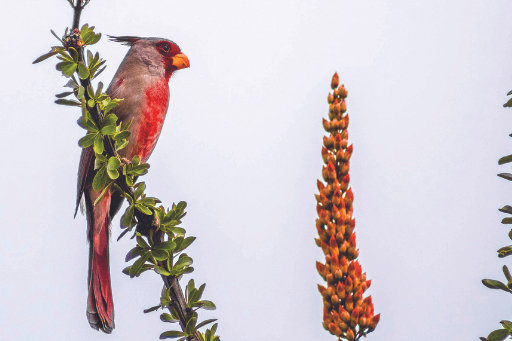
Other Wildlife: This area of the northern Chihuahuan Desert is home to varied wildlife, with available water being a strong draw. On occasion, Mountain Lions and Black Bears wander through, traveling between mountains. The Texas Horned Lizard and two subspecies of the Western Coachwhip snake, both the “Western” and the “Lined,” are common in the area. The wetlands provide habitat for the Yellow Mud Turtle, Rio Grande Leopard Frog, and Western Tiger Salamander. Watch for butterflies, including the Monarch and Queen, along with swallowtails and sulphurs.
Typical riparian trees include cottonwoods, willows, and mesquites. The Desert-willow and Goldenball Leadtree (also called Littleleaf Leucaena) can be found in the dry desert arroyos. Wildflowers include sunflowers and the Big Bend Bluebonnet, which grows one to four feet tall and blooms late winter into spring in damp areas and along roadsides. Riparian zones host the Alkalai Sacaton and other bunch grasses. Among the aquatic plants are bulrushes, cattails, and phragmites (Common Reed).
When to Visit: Late fall through early spring are good times to spot waterfowl, rails, and sparrows. Spring brings flashy songbird and shorebird migrants, including local breeders like the Blue Grosbeak. Summers are impressively hot and dry, and the least productive time, although there is always something interesting lurking in this watery haven.
Conservation Activities: Wetlands within the arid lands of the American Southwest have diminished by 90 percent; few permanent ones remain. Located along the western side of the Central Flyway, B.J. Bishop and other Big Bend wetlands provide important stopover habitat for a wide variety of migrating birds.
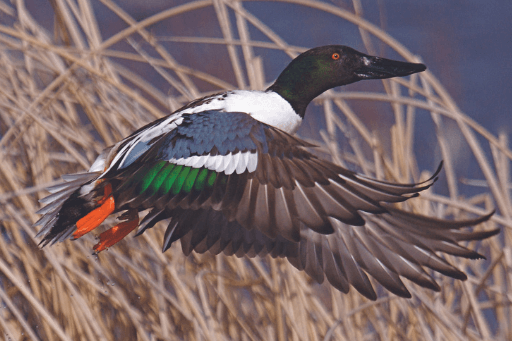
At B.J. Bishop, the property owner agreed to receive nearby Presidio's filtered wastewater onto what was a fallow farm field, and worked with contractors and conservationists to set up a human-made wetland and nature reserve that would take advantage of this unusual water supply.
The B.J. Bishop Wetlands were established with help from a North American Wetlands Conservation Act (NAWCA) grant that Karen Chapman, now ABC's Rio Grande Joint Venture Coordinator, wrote. ABC has been working with landowners and managers here and at the Sandia Springs Wetland Project (see below), developing strategies and identifying critical conservation practices for proper management of artificial and enhanced wetlands for birds and other wildlife. The B.J. Bishop Wetlands now include a riparian tree nursery, a project led by ABC Conservation Delivery Specialist Jeff Bennett, with funding from the Texas Parks and Wildlife Department. Bennett is currently working on securing funds to add a pollinator garden and bird blinds at the reserve.

Directions: The B.J. Bishop Wetlands sit off Highway 170 (also called the River Road) near the banks of the Rio Grande, just east of the border town of Presidio, Texas. A half-mile east of the Fort Leaton State Historic Site, watch for the reserve's small entrance sign on the right side of the road.
It is easy to combine a visit to this site with a trip to Big Bend Ranch State Park, which lies just to the east, and Big Bend National Park, which sits east of the state park.
In the Area: Visitors driving to the region via Interstate 10 can visit, en route, two other publicly accessible birding spots, one where ABC has helped to restore and enhance wetlands for birds, and one where the organization soon hopes to lend a hand: Sandia Springs Wetland Project and Balmorhea Lake.
The Sandia Springs Wetland Project is near the town of Balmorhea, Texas (pronounced “Balmoray”). It receives water from the San Solomon spring system, the ninth largest in the state. In 2011, the owner of the property worked with a local birder and the Tierra Grande chapter of Texas Master Naturalists to build four ponds to serve as a stopover for migrating shorebirds. Shorebird habitat is necessarily shallow, and keeping foraging areas open for these birds requires controlling cattails and rushes that otherwise quickly take over. ABC and the Rio Grande Joint Venture (JV) have been helping to manage vegetation on this wetland, and are also seeking funding to make improvements.
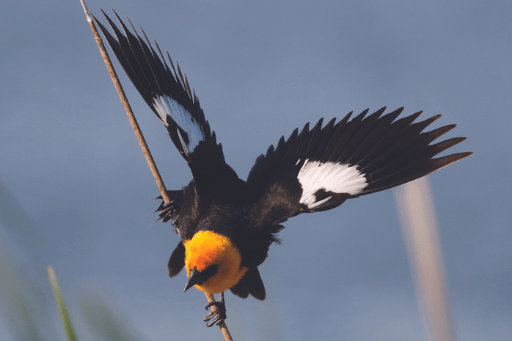
Birds seen here include: Blue-winged Teal, American Wigeon, Scaled Quail, Baird's and Least Sandpipers, Long-billed Dowitcher, Wilson's Phalarope, Northern Harrier, Swainson's Hawk, American Kestrel, Scissor-tailed Flycatcher, and Western and (less frequently) Cassin's Kingbirds.
The Sandia Springs Wetland Project is 2.5 miles east of Balmorhea, Texas, and just south of Interstate 10. From I-10, take Highway 17 southwest for a short distance, then turn left onto Reeves County Road 313, following it 0.8 miles south to the site.
Much of the San Solomon spring system's water is held within Balmorhea Lake, a nearby reservoir where birders often find wintering Clark's and Western Grebes and Snow Geese, among many other species. ABC and the Rio Grande JV hope to help improve shoreline habitats there in the near future.
Learn more about the Rio Grande Joint Venture and its work at: rgjv.org
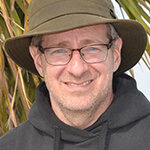 | Howard Youth is ABC's Senior Writer/Editor. |
 | Jeff Bennett is ABC's Conservation Delivery Specialist. |


















































